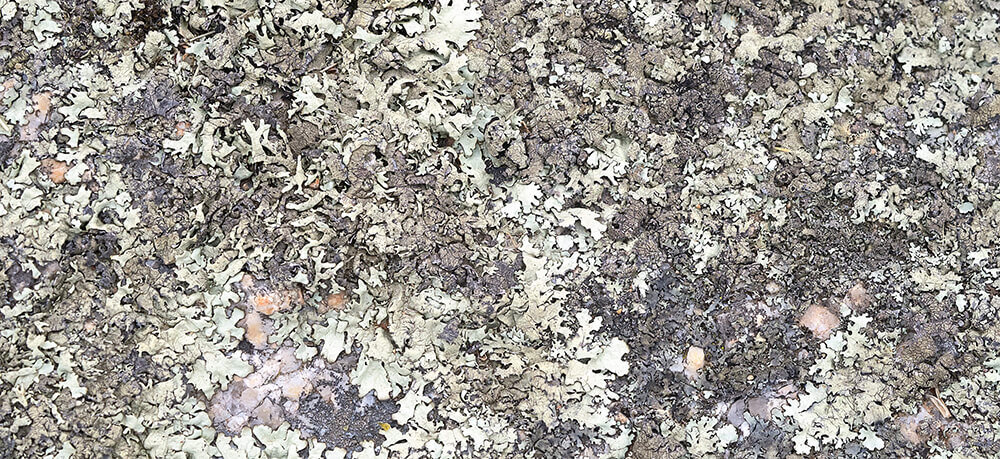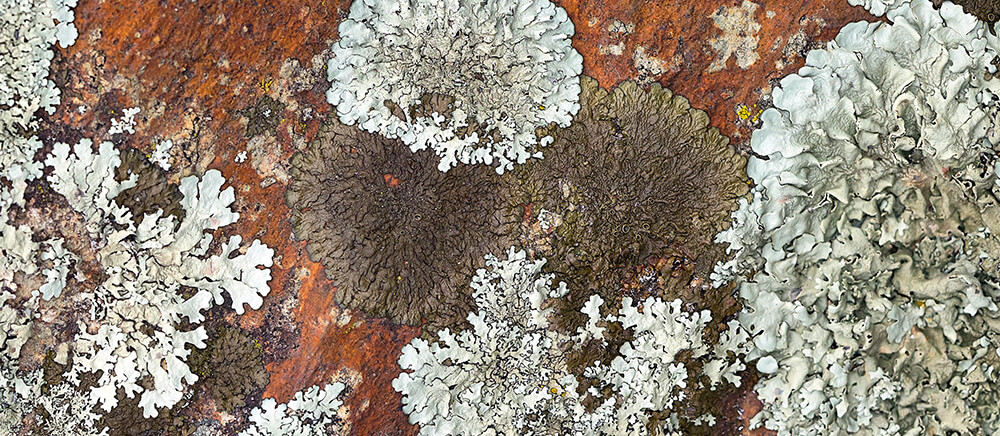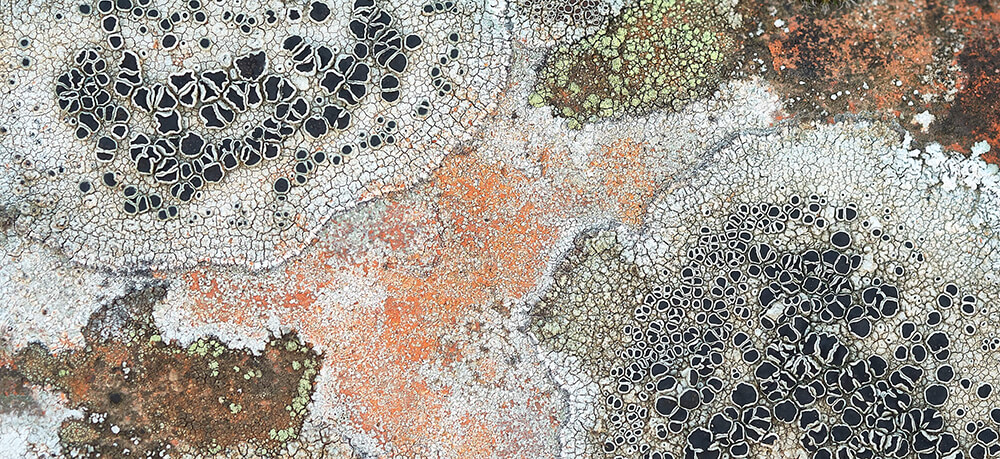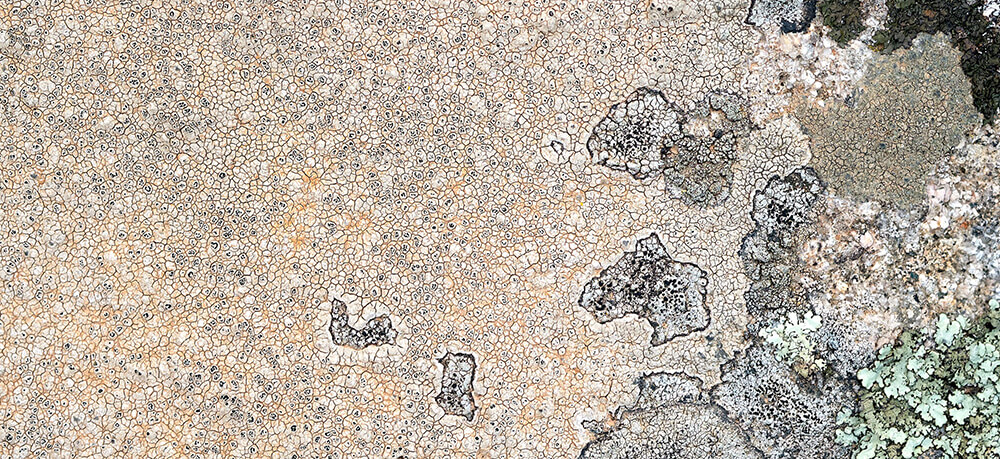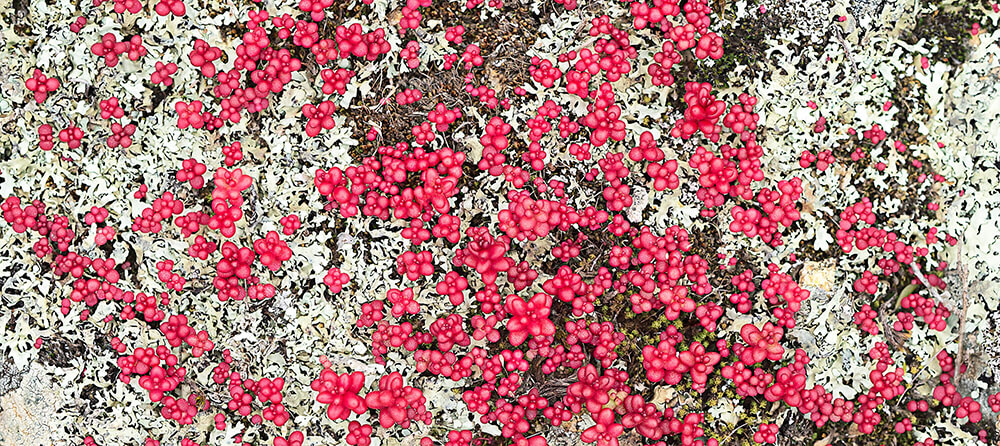This photographic project tries to locate the almost invisible line which separates fuzziness from artful symmetry, boredom (or confusion) from delectation (or distaste). Gombrich reminds us that the 'perception of order' is the underlying process which make us conceive and understand the entire artistic experience. Much of what surrounds us offers a constant solution of continuity, and in Gombrich sense, it’s far from being beautiful...Unless we choose to look otherwise and start noticing.
The notion of beauty, and from there, the notion of ornament, are grounded on our pattern-seeking eyes. Paying attention to detail, moving closer to things allows sometimes to detect unsuspected patterns and intriguing which invite the eye to travel around a meaningful shape or to observe, at a glance, some of nature's most perfect examples of visual symmetries and rhythms.
“The most fundamental aspect of the aesthetic experience”, says Gombrich, “is that pleasure is located somewhere between boredom and confusion”.
amateur category
The Sense of Order (Panoramic Series) (Series)
DESCRIPTION
AUTHOR
Raised between Rome and Florence, molded by a family culture governed by art, politics and public policies, unsurprisingly I took the risk of developing several inclinations at once. My artistic focus is on organic, living matter: its orderly and chaotic patterns, its quantitative color relationships, its light-shaped volumes. By broadening reality, digitally and in studio, or by getting closer to its true - often non figurative - substance, I study both the aesthetic response to our natural environment and, through that, a set of policy issues, such as biodiversity, conservation, circular economy. Ernst Haas' color work in "The Creation", discovered in my teen years, Minor White's Gestalt inspired pictures, Stieglitz's equivalents, German expressionists 'strong harmonies', Schiele's tertiary colors palettes inform my work, together with the Dutch Golden Age still lifes with flowers, Guido Mocafico or Oliviero Toscani advertising lighting techniques. In my more personal work, one can recognize formal decisions inspired by (or quoted from) contemporary, mostly European, photojournalists such as Paolo Verzone, Denis Daillaux, Paolo Pellizzari, Paolo Woods, Cedric Gerbehaye, Steeve Juncker, Rip Hopkins. I tend to produce my works in the formats of medium and large format photography, often with a preference for panoramic ratios. My practice develops
back to gallery



